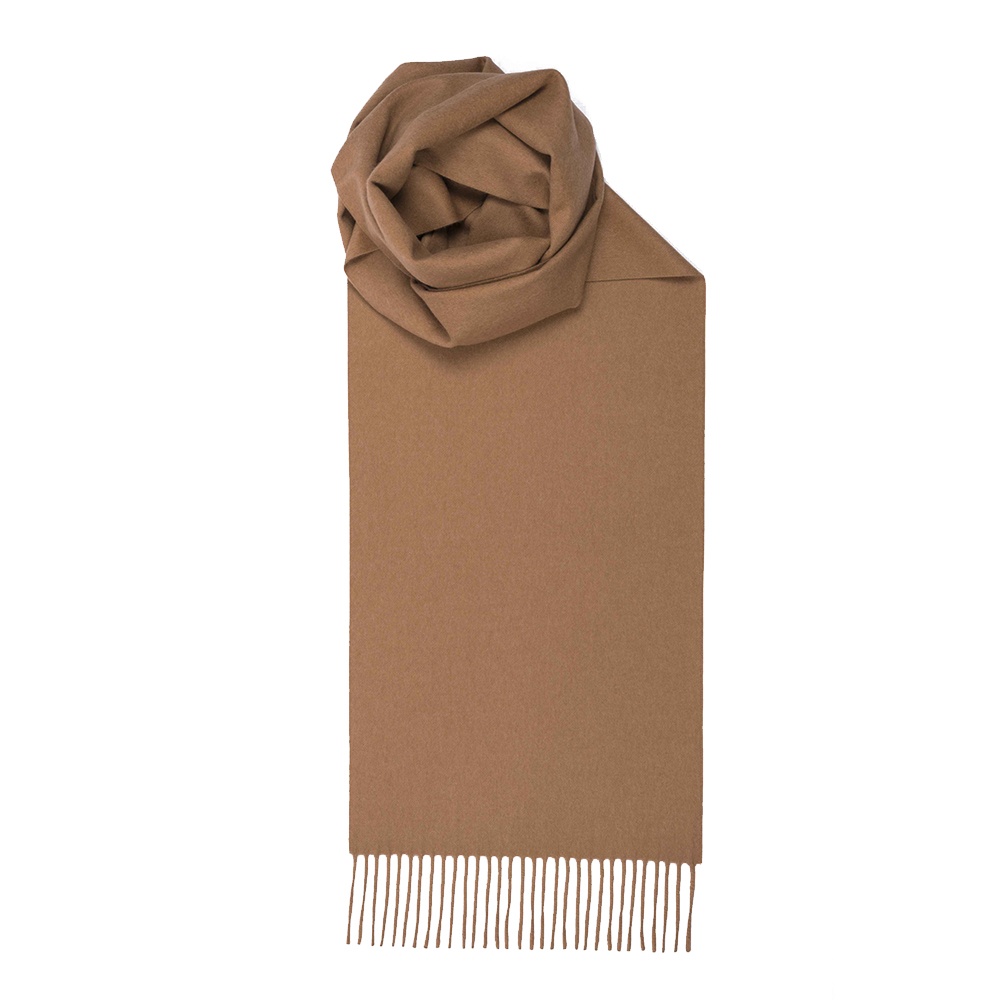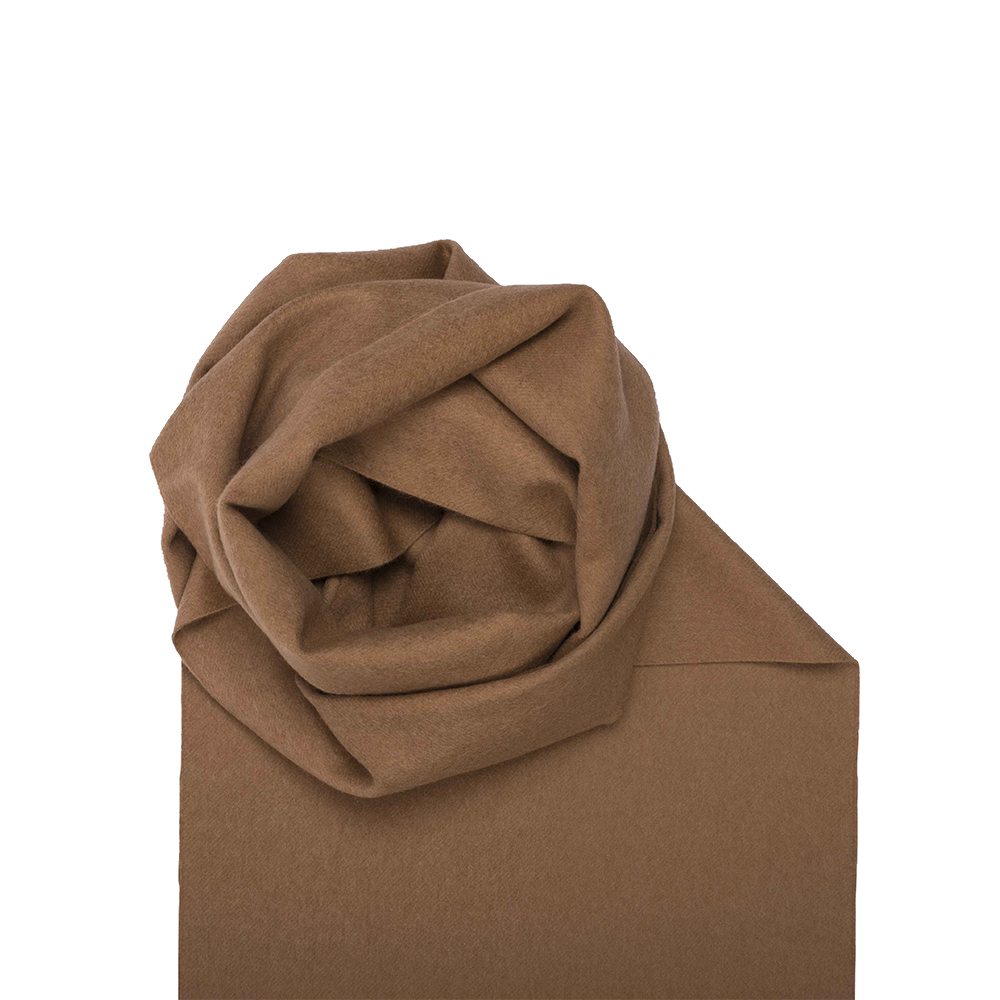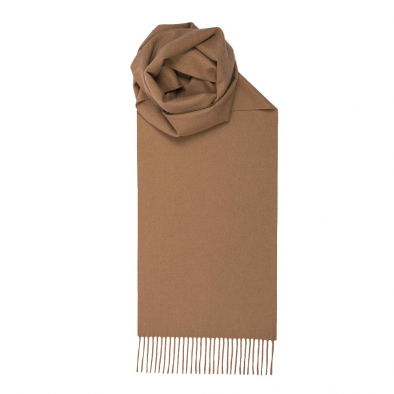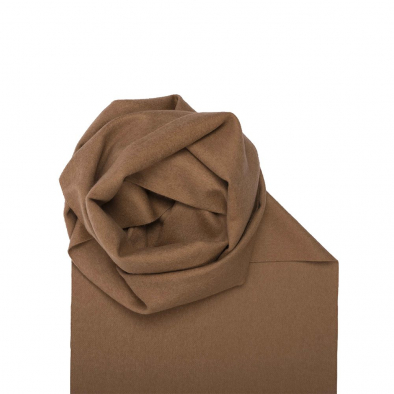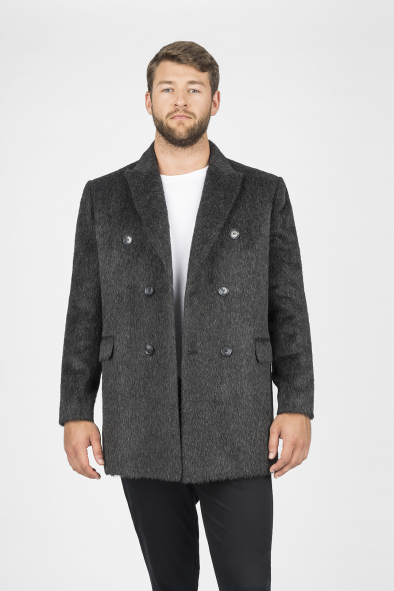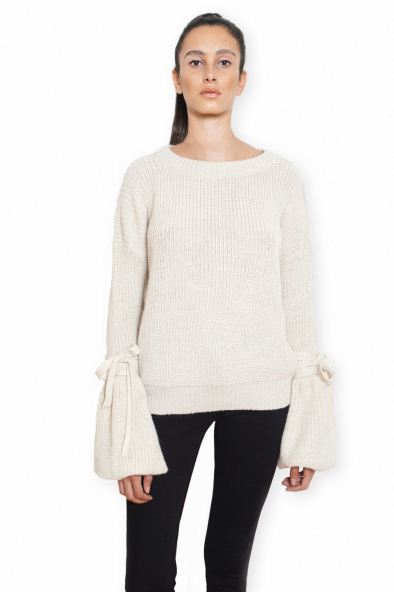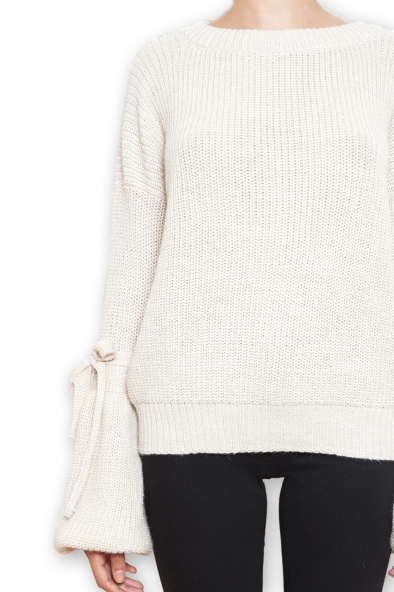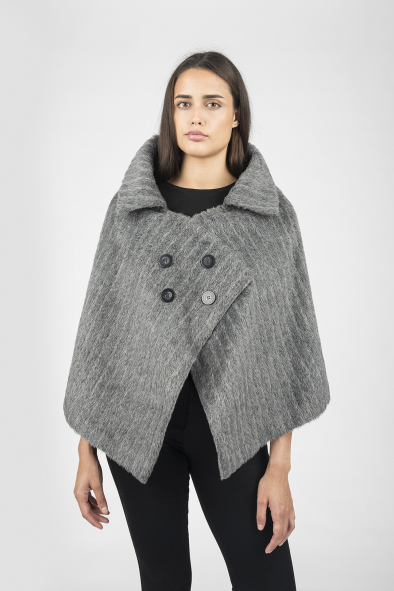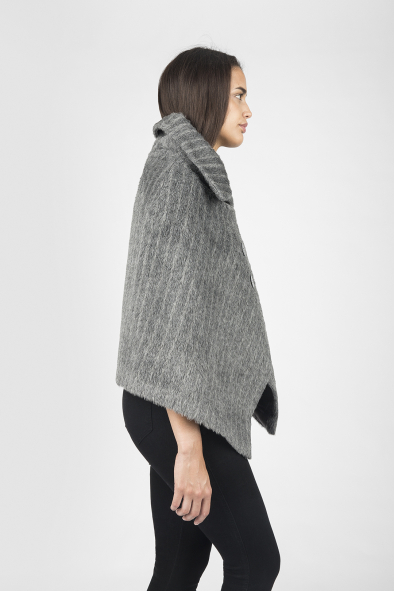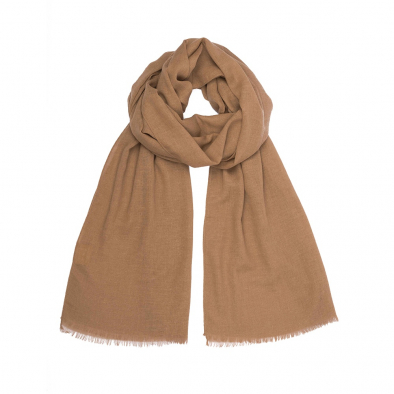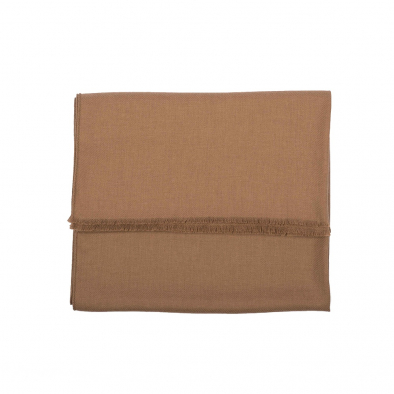


Alpaca knitted fabric – washing and care instructions
Manual wash
- Alpaca fabric must be washed by hand only in cold water using a soft detergent or shampoo
- Never use clostridium. It is not recommended to use fabric softeners
- Carefully remove the excess of water, avoiding any twisting
- Place the product on flat shape, remodel its original dimensions and let it dry naturally
Alpaca fabric
- Dry Cleaning
- Ironing using a cotton cloth between the alpaca cloth and the ironing table
Vicuña fabric – washing and care instructions
Manual wash
- Vicuña fabric must be washed by hand only in cold water
- Avoid any chemical detergents; it is recommended to use baby shampoo
- Place the product on flat shape, remodel its original dimensions and let it dry naturally
-
Ironing can be done by using a cotton cloth between the alpaca cloth and the ironing table
Storage and preservation of products
- Before storing, make sure that the product is fully dry
- There are different techniques to avoid damages caused by the presence of moths. It would be optimal if you store the product in a box or bag with zipper or in any environment fully protected from potential attacks of moths
- Bags with dry lavender could be useful
- We do not recommend the use of naphthalene balls



